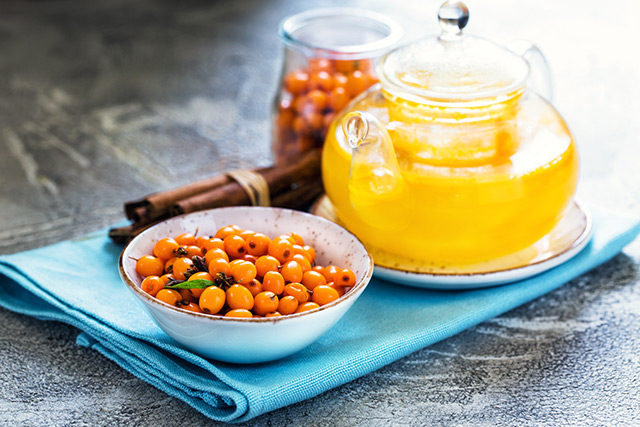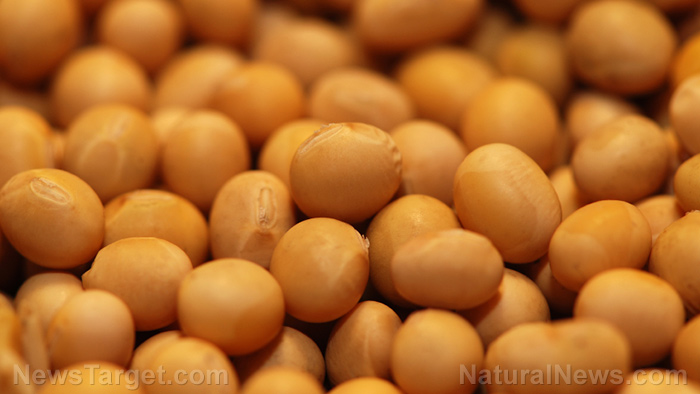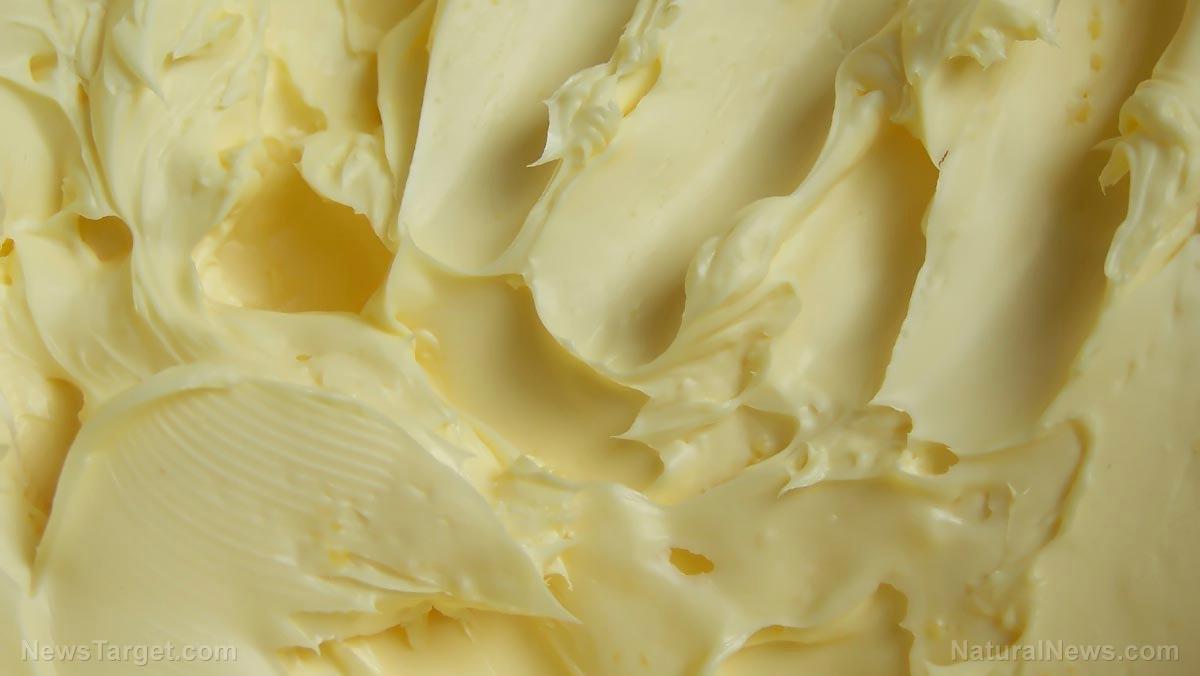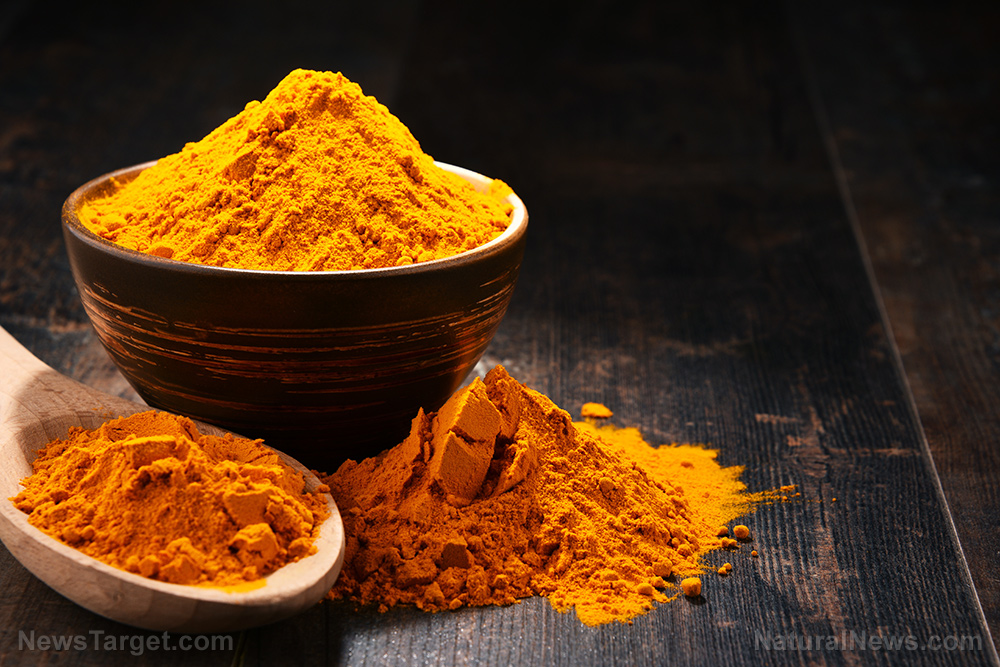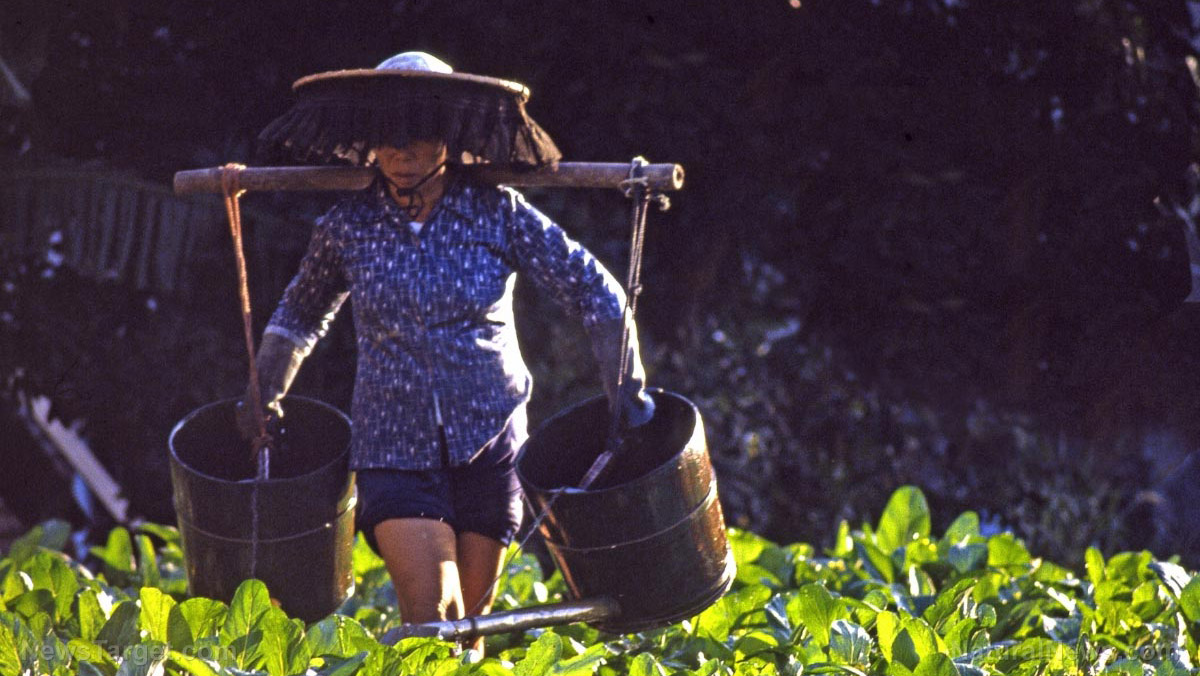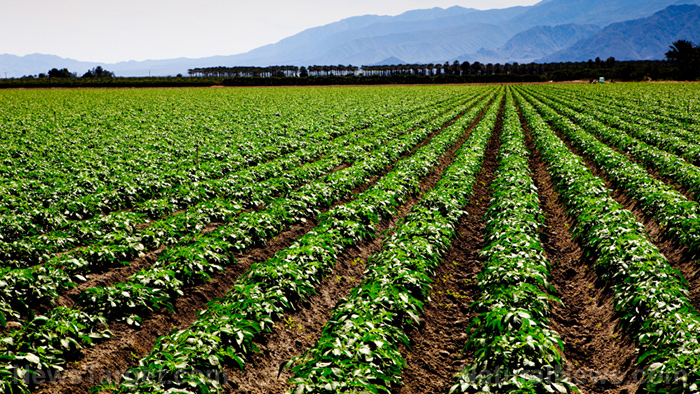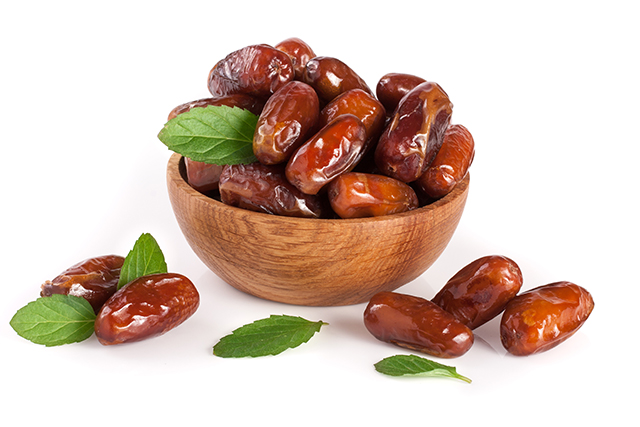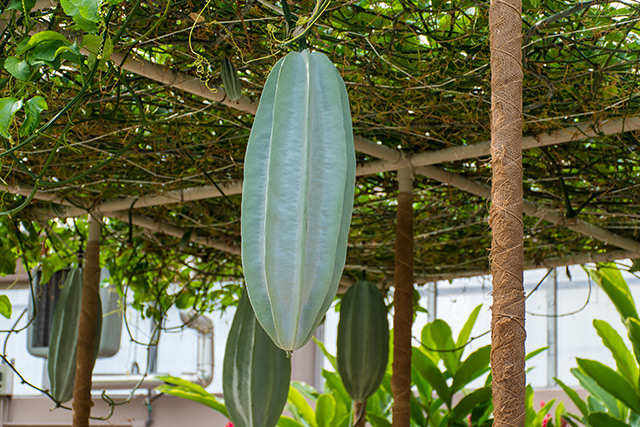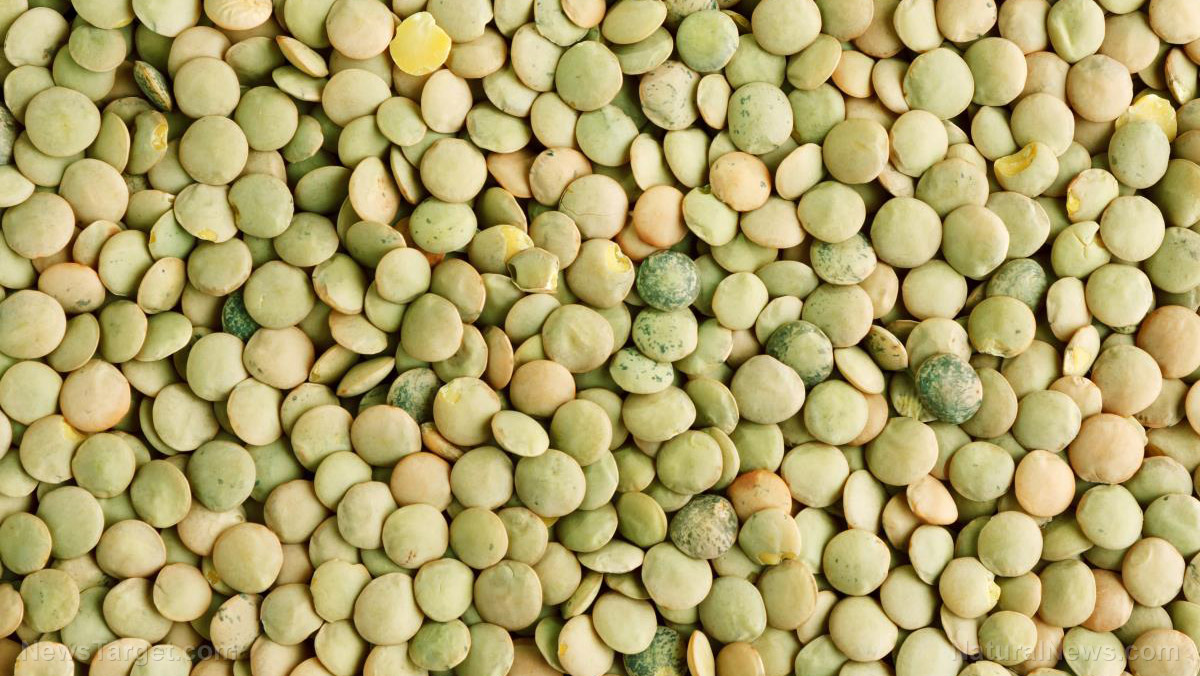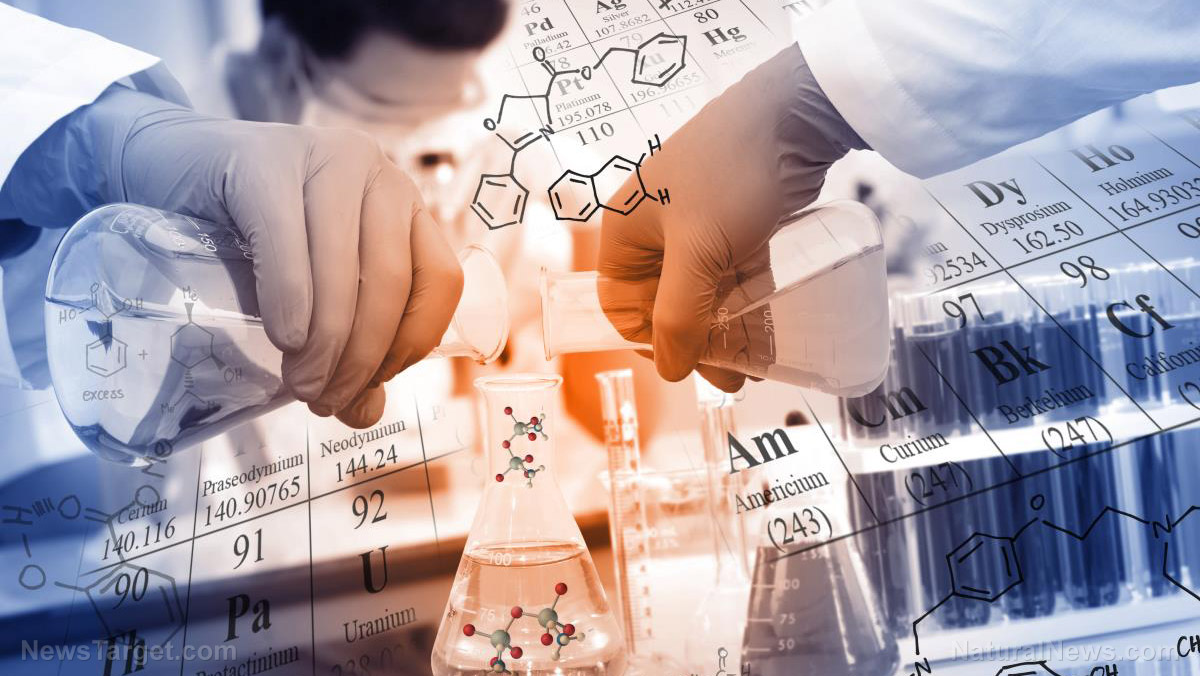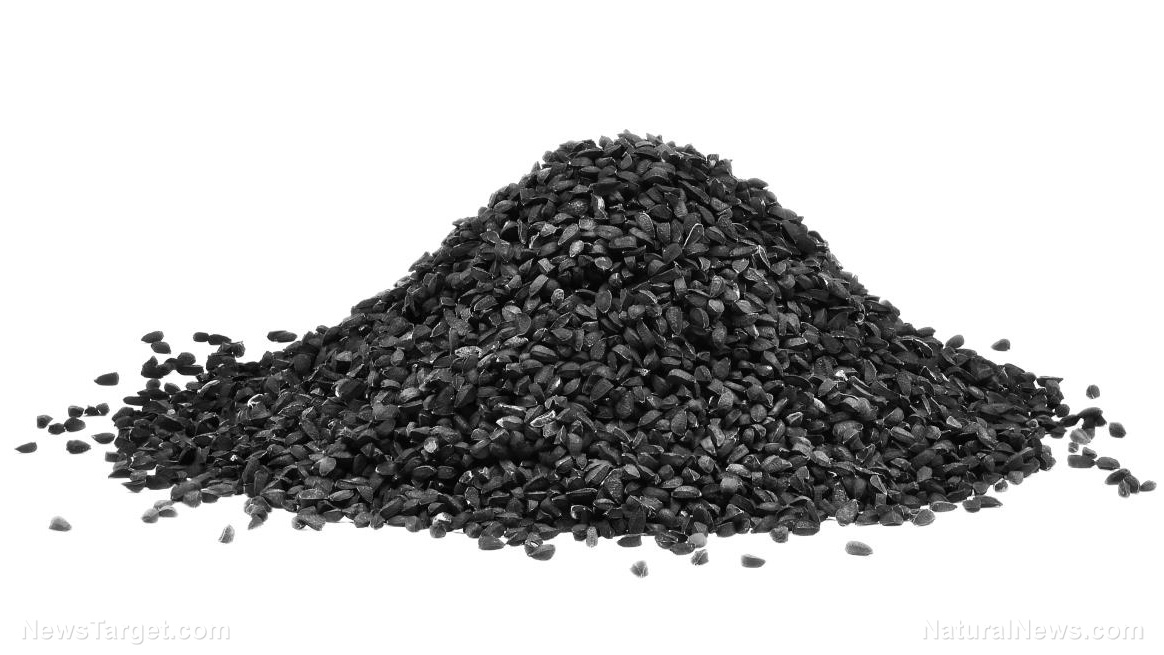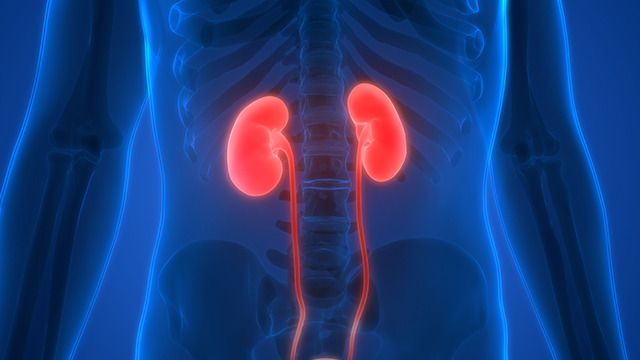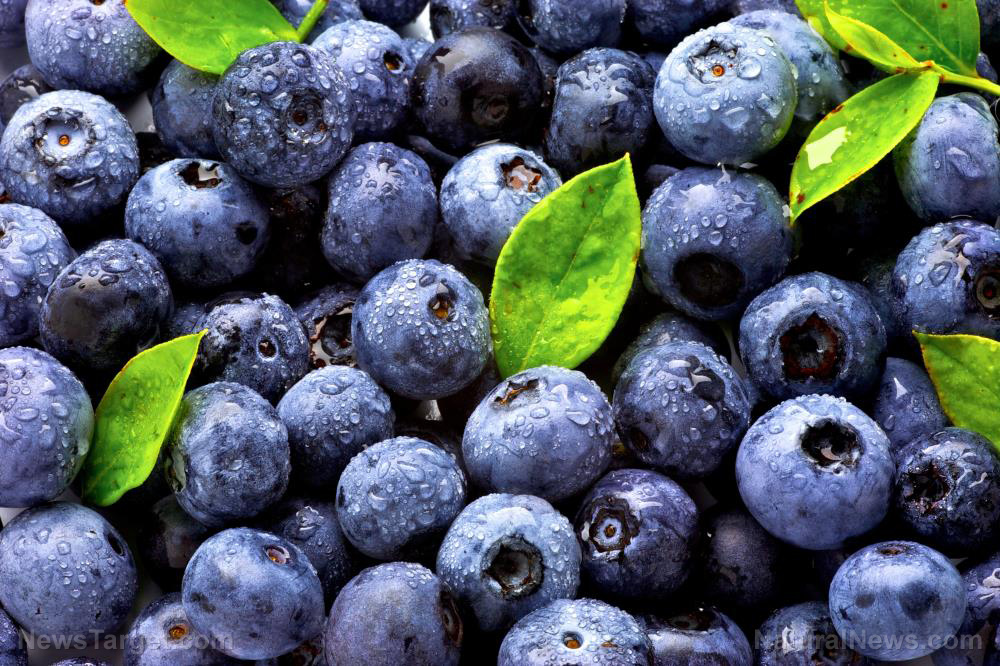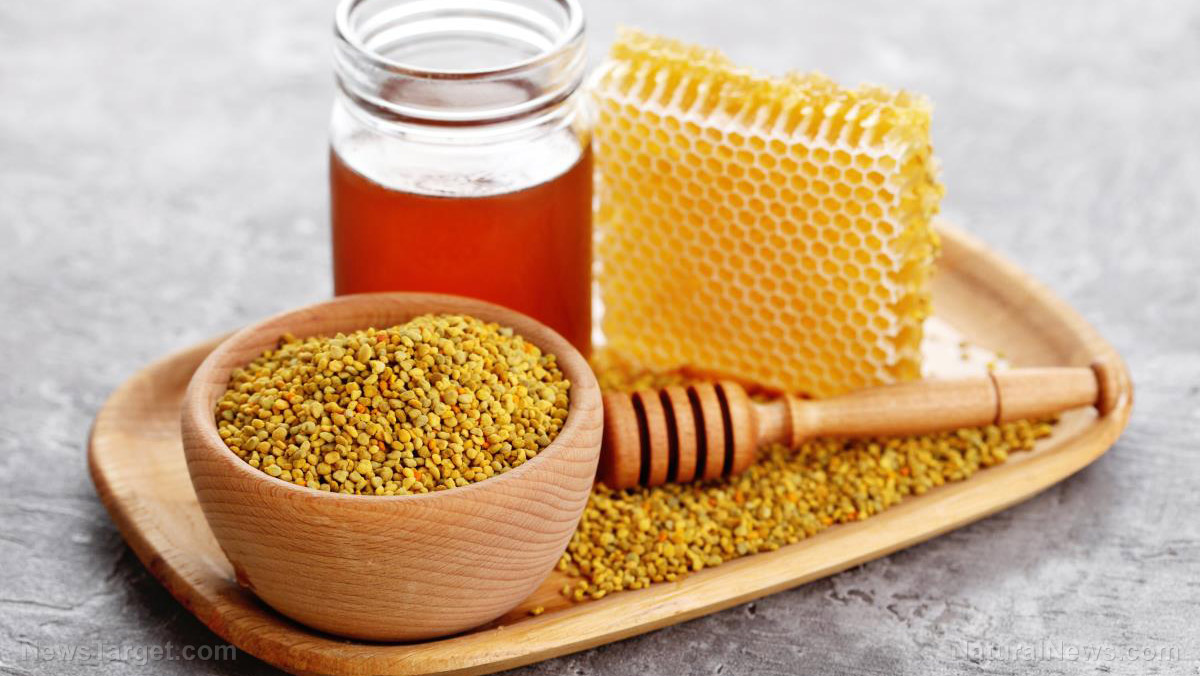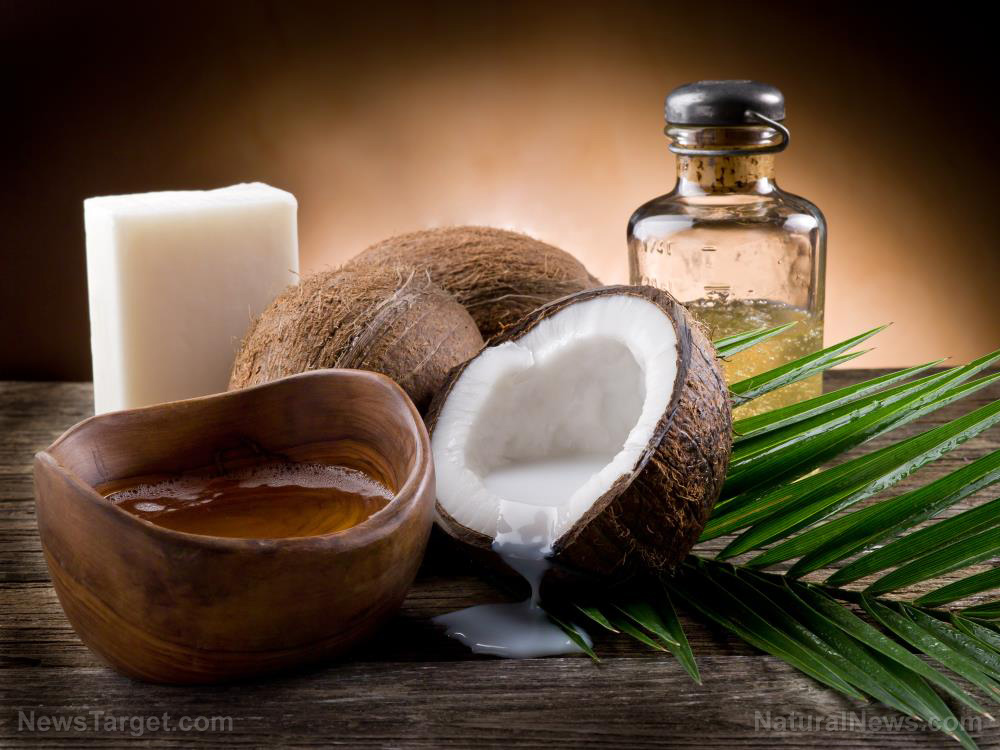Nutritional requirements should match your lifestyle: Study finds female athletes need 50 percent more protein than non-active males
12/19/2017 / By Zoey Sky

Macronutrients are the lifeblood of athletes. However, while carbohydrates and fat give them fuel and energy, protein lets their bodies recover from the rigorous demands of sports and exercise.
According to a new study by researchers from the University of Toronto‘s Faculty of Kinesiology and Physical Education (KPE), the Hospital for Sick Kids and Ajinomoto Co. posits that female athletes need “50 percent more [protein] than men who are not active.”
Even though the current recommended dietary allowance for protein is 0.8 grams per kilogram (kg) per day for the general population, these guidelines don’t include the impact of regular exercise on minimum protein requirements. The American College of Sports Medicine (ACSM) advises athletes to consume at least 1.2 to 2.0 g/kg of protein per day. But they must keep in mind that “the broad range may not capture the specific needs of different athletes in light of their unique exercise demands.”
Daniel Moore, an assistant professor at KPE, said: “These recommendations are primarily based on athletes performing exclusively weightlifting or endurance exercises, which lie on opposite ends of the strength-endurance continuum of exercise.” Moore continued: “This leaves team sport athletes, such as basketball, hockey or soccer players, who have to have high levels of endurance but also perform stops and starts with high muscle forces, trying to guess what their optimal protein intake may be.”
But since studies examining the protein requirements of different active populations primarily focus on males, this can complicate results when the data is used to determine the requirements for active females. Moore advises that even though females are “just as active as males,” existing studies primarily look into the nutrient needs of males, with a focus on strength and endurance athletes.
He adds that they aim to establish “a recommended daily allowance for protein in females engaged in team sports” that often incorporates “elements of both endurance and resistance exercise.”
The study participants were six healthy active young women who completed a modified version of the Loughborough Intermittent Shuttle Test that mimics the stop-and-go activity in soccer. After the test, each participant ate a series of meals with a tracer, a protein building block that is an amino acid a little bit heavier than those naturally occurring in the body.
If the tracer appears in the breath after ingestion, it means the participants didn’t use it “to build new body proteins.” After tracking it in the breath and urine samples of the study participants, the researchers discovered how much of the protein in their diet was utilized used to build new protein, which plays a significant part in helping athletes recover from arduous exercise. (Related: 21 Foods Richer in Protein Than an Egg.)
The study showed that variable-intensity exercise increases the safe protein intake in female athletes to 1.71g/kg/day. This is more that the current daily recommendation of 0.8 g/kg/day for the general population and the 0.93 to 1.2 g/kg/day range for non-exercising males. However, it is still within the upper range of 1.2 to 2.0g/kg/day recommended for athletes by the ACSM.
Moore concluded that the study’s results can help furnish a more accurate athlete-specific recommendation for females who take part in team sports, which is especially significant because female athletes tend to eat less than their male counterparts. Some female soccer players even consume protein that are below the present recommendations.
Moore added that this indicates the need for dietary protein requirements to “be population-specific.”
Healthy foods rich in protein
If you wish to add more protein to your diet, try consuming some of the foods listed below:
- Milk – Dairy foods are full of protein and calcium.
- Yogurt – Full of casein and whey protein, yogurt also contains protein.
- Fish and seafood – Fish and seafood are good sources of protein, and they are often low in fat.
- Chicken and turkey – White meat from chicken and poultry offers lean protein.
You can read more articles about natural sources of protein and tips on how to eat healthy at Fresh.news.
Sources include:
Tagged Under: Athletes, exercise, female athletes, fitness, food, macronutrients, nutrients, nutritional supplements, protein, protein intake, RDA, recommended dietary allowance

